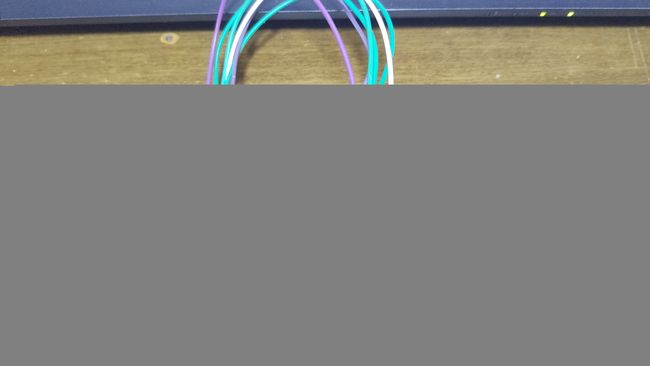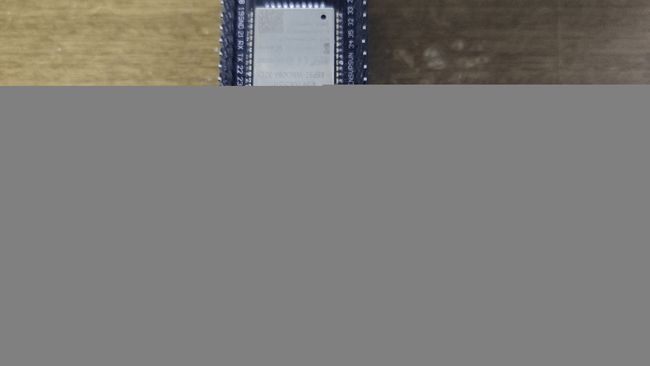ESP8266/ESP32+OLED12864简单WiFi扫描器 支持OTA
功能描述
OLED显示SSID
全中文界面
支持中文SSID
Arduino OTA支持
硬件准备
ESP8266:NodeMCU WiFi
ESP32:WIFI+BLE+OLED开发板(OLED控制芯片:SSD1315兼容SSD1306)
OLED:1.3’ 控制芯片:SH1106
软件准备
Arduino IDE
U8g2lib
连线
按键:GPIO 0
板载LED:GPIO 16
GND - 地
VCC - 3.3v
OLED SCK - GPIO 14 (NodeMCU D5)
OLED MOSI - GPIO 13(NodeMCU D7)
OLED CS - GPIO 15 (NodeMCU D8)
OLED DC - GPIO 2 (NodeMCU D4)

程序
/*
WiFiScannerOLED.ino -- 一个简易ESP8266/ESP32网络扫描器.
扫描结果将会被显示在OLED12864上.
可以通过OTA进行升级
Written by CNflysky 20.3.10
last edited by CNflysky at 20.3.21*/
#define BOARD 32
/* 板卡选择,ESP32=32,ESP8266=8266 */
#if (BOARD == 32)
#include 成果图
如何使用OTA升级功能
在代码中修改SSID和密码为你自己的WiFi名称和密码
在开机状态下,长按按钮三到五秒,松开后进入如下界面:
其中显示的IP地址 xxx.xxx.xxx.xxx就是ESP连接WiFi后得到的的IP地址。
打开Arduino IDE,检查工具/端口菜单,你应该会看到一个网络端口:
ESPxx-xxxxxxxxxxxx at xxx.xxx.xxx.xxx:

选择这个端口之后点击上传即可。
